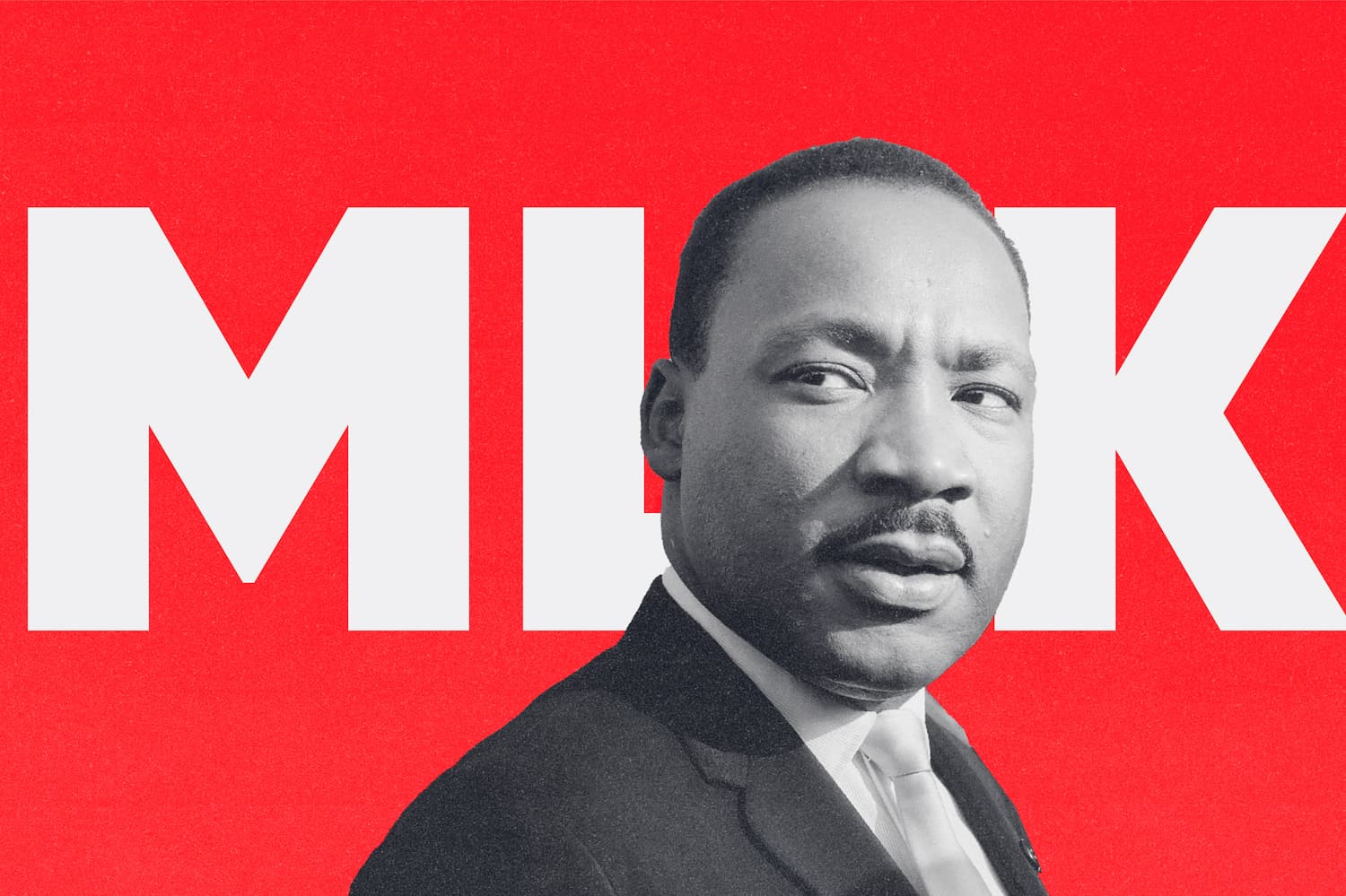Leaders should focus on systems, not individuals, in the face of rising backlash to diversity, equity, inclusion & belonging (DEI&B) in the workplace.
For Martin Luther King Jr. Day in 2024, it’s important to lean into his true legacy: nonviolence and its power to change systems.
That’s the advice from Janet M. Stovall, CDE, global head of DEI at the NeuroLeadership Institute, and former senior director of social impact at The UPS Foundation.
“Nonviolence for Dr. King was both a way of acting and a way of viewing the world,” Stovall says. “What Dr. King knew, and a lot of other leaders in the Civil Rights Movement understood, was that nonviolence was also a social tool.”
Too often, efforts to redress inequality and injustice focus on individuals rather than systems, Stovall says. And King’s message of nonviolence can be misunderstood when applied to individuals.
“When you took nonviolence and showed it in the face of violence, you didn’t change those people who sent the dogs after protestors,” Stovall says. Instead, systems were changed, with laws desegregating schools, protecting voting rights, and more.
What does MLK’s legacy offer workplace DEI&B?
Workplace violence almost never presents itself in the same way violence was present during the height of the Civil Rights Movement. That doesn’t mean that there isn’t any violence at all, Stovall says.
“Violence is not always physical bodily harm,” she says. “Violence is economic inequity. Violence is having to cover in the workplace. Violence is all those things that the systems that we’ve created have rendered.”
Attend our annual company culture conference May 7-9, 2024
To honor King’s legacy, Stovall says DEI&B practitioners must focus on addressing systems — anything that functions to make the organization run, including policies, procedures, representation in senior leadership, and more.
That means making sure that DEI&B efforts are clearly tied to business outcomes — and in particular, revenue.
“Nonviolence and DEI&B in 2024 is about getting people to understand that diversity has a real value to positive business outcomes.” - Janet M. Stovall
A time for action
Despite setbacks such as the Supreme Court’s decision to strike down affirmative action last year, Stovall sees 2024 as a time for action.
She points to King’s famous quote: “The arc of the moral universe is long, but it bends toward justice.”
That quote is often used to advise patience to those fighting for equity for all. However, Stovall also points to a quote from King’s “Letter from a Birmingham Jail”:
“For years now I have heard the word ‘Wait!’ … This ‘Wait’ has almost always meant ‘Never.’ We must come to see, with one of our distinguished jurists, that ‘justice too long delayed is justice denied.’”
This call to action can be answered by making sure all DEI&B initiatives are clearly aligned with business goals.
“Our nonviolence needs to be in helping organizations understand the business case for diversity,” she says. “That’s our form of non-violence.”
She describes this as “Business Case 2.0.”
“Business Case 1.0 was about getting bodies in the building. It was about affirmative action, it was about diversity, it was all those things,” she says. The new business case for DEI&B is about moving from “bodies in the building to brains in the business.”
In looking ahead to the year, Stovall encourages culture champions to stay steady.
“Nonviolence and DEI&B in 2024 is about getting people to understand that diversity has a real value to positive business outcomes,” she says. “We need to start in 2024 by not giving up.”
“What we’re seeing right now is a correction, not a catastrophe,” she says.
The power of diversity and innovation
Companies often ask Stovall if diversity drives innovation.
“My first question is always: ‘What are you solving for?’” Stovall says. “If you’re just doing it because it’s ‘the right thing to do,’ you don’t really leverage it.”
If a company says they want to leverage diversity for innovation, Stovall digs in with more questions.
- What are your systems of innovation?
- Where does it happen in this organization?
- Who’s running your R&D department? What are the teams like? Who’s on those teams?
- When is the last time you put out something that you can directly attribute to an underrepresented group in your workforce?
If you aren’t collecting metrics to show the impact, your commitment to DEI&B lacks staying power.
“If diversity is valuable to you as an asset, then you need to build systems so that you can inject that diversity into your processes, make sure that bias is not keeping that diversity out, and then follow and track and see that that diversity is actually being leveraged,” Stovall says.
The importance of co-creation
When attempting to change a system, Stovall warns that leaders should be humble in the face of what they don’t know.
As an example, she points to psychological safety and how the environment that feels safe to one individual might feel less safe to someone of a different background.
“Psychological safety is situational and contextual,” she says. “I can feel psychologically safe in this team over here. I can walk out and get in this team over here and feel nothing like that.”
To create a truly inclusive environment, leaders must solicit feedback and seek understanding of the different perspectives employees bring to the workplace.
“It depends on who’s feeling unsafe and why, and who’s defining what that safety is,” she says. “What’s really important about building inclusive environments or psychologically safe teams is co-creation. No one person, especially those who are traditionally in power, can define what those things mean.”
Her final words of advice to companies driving DEI&B initiatives in the new year? “Hold firm.”
Get more insights
Learn more strategies from our workplace culture experts at our For All™ Summit, April 8-10, 2025 in Las Vegas, NV.











